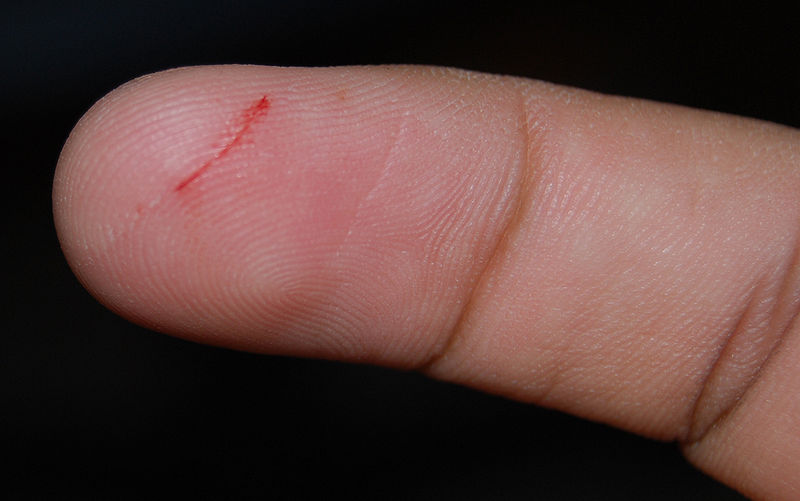Growth factors with powerful wound-healing effects have been developed by Swiss researchers.
Tissues respond to injury by making cells grow and divide to knit wounds together.  Usually this occurs in response to the release of growth-stimulating signals called growth factors.
Usually this occurs in response to the release of growth-stimulating signals called growth factors.
Previously, scientists have shown that supplementing an injury with these factors can speed up healing, but side effects, including making blood vessels become leaky, mean that only small doses can be used, limiting the therapeutic potential of the agents.
Now, Ecole Polytechnique Federale, Lausanne, scientist Jeffrey Hubbell and his colleagues, writing in Science, have found a way to boost the power of the growth-promoting effect by confining the agents just to the site of administration.
Applied to diabetic mice with skin wounds, the new agents produced up to four-fold greater wound closure compared with control animals. There were also significantly more cells capable of forming new blood vessels in mice receiving the new agents, and rates of blood vessel leakage were only a ninth as high as animals given conventional growth factor treatments.
The key to the breakthrough was the identification of a sticky component that behaves like molecular velcro and is capable of gluing growth factor molecules onto the connective tissue at the site of a wound.
Taken from the placenta, where it is normally active, this sticky component was instead coupled by the Swiss team to growth factor molecules called PDGF (platelet derived growth factor), which attracts stem cells to injury sites, and VEGF (vascular endothelial growth factor), which triggers new blood vessel formation.
Dripped onto the wounds, the modified forms of these factors tethered themselves onto the injured tissue so that they remained actively locally but not elsewhere in the body.
Since the same factors are active in the human body, as is the placental component that was used as the "velcro", the same approach could be used clinically to stimulate localised healing in injured or diseased organs, including the heart, skin and even the eye...










Comments
Add a comment